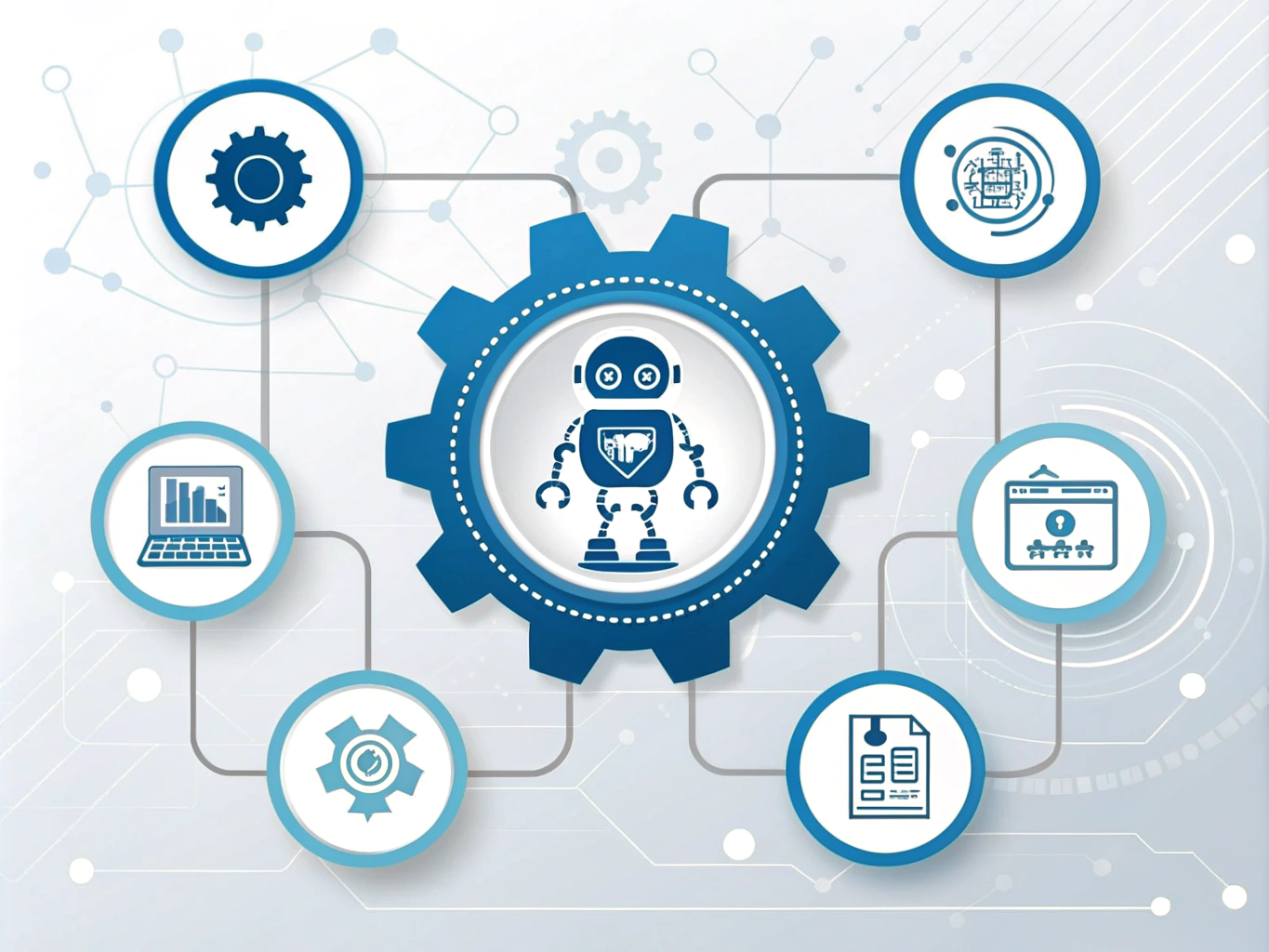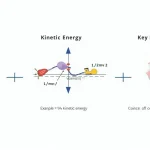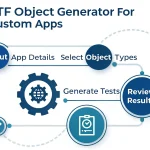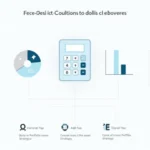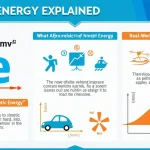Automation Strategy Generator
Generating strategy...
Is this tool helpful?
How to Use the Automation Strategy Generator Effectively
To make the most of our Automation Strategy Generator, follow these steps:
- Company Name: Enter your company’s name. For example, “GreenTech Solutions” or “Global Logistics Inc.”
- Industry Type: Specify your industry. Examples include “E-commerce” or “Renewable Energy.”
- Company Size: Input the approximate number of employees. For instance, “50-100” or “1000-5000.”
- Current Processes: Briefly describe processes that could benefit from automation. You might enter “Order fulfillment, customer onboarding, and financial reporting.”
- Automation Goals: Outline your main objectives. For example, “Increase operational efficiency by 30% and reduce customer response time to under 2 hours.”
- Budget Range (Optional): If known, provide an estimated budget. You could enter “$200,000 – $500,000” or “Up to $1 million.”
- Timeline Expectations (Optional): Specify your desired implementation timeline. For instance, “18 months” or “Phased approach over 2 years.”
After filling in the required fields, click “Generate Automation Strategy” to receive a comprehensive automation plan tailored to your company’s needs.
Revolutionizing Business Operations: The Power of Automation Strategy
In today’s fast-paced business environment, automation has become a critical factor in maintaining competitiveness and driving growth. Our Automation Strategy Generator is a cutting-edge tool designed to help companies of all sizes and industries create a tailored, comprehensive plan for implementing automation across their operations.
This powerful tool combines the latest in artificial intelligence and machine learning with industry best practices to deliver a customized automation strategy. By analyzing your company’s specific needs, goals, and current processes, it provides actionable insights and recommendations to streamline operations, reduce costs, and enhance productivity.
The Essence of Automation Strategy
An automation strategy is a structured approach to identifying, prioritizing, and implementing automated solutions within an organization. It encompasses various aspects of business operations, from routine administrative tasks to complex decision-making processes. The primary goal is to leverage technology to perform repetitive, time-consuming, or error-prone tasks more efficiently and accurately than human workers.
Our Automation Strategy Generator takes into account multiple factors, including:
- Current operational processes and bottlenecks
- Company size and industry-specific challenges
- Desired outcomes and key performance indicators (KPIs)
- Available technologies and integration requirements
- Budget constraints and return on investment (ROI) expectations
- Implementation timelines and resource allocation
By considering these elements, the tool creates a holistic strategy that aligns with your company’s unique needs and objectives.
Benefits of Using the Automation Strategy Generator
1. Time and Cost Savings
Developing a comprehensive automation strategy traditionally requires significant time and resources. Our tool dramatically reduces the time needed to create a tailored plan, allowing you to:
- Save hundreds of hours in research and planning
- Avoid costly consultancy fees
- Accelerate the decision-making process
2. Customized Solutions
Every business is unique, and off-the-shelf automation solutions often fall short. The Automation Strategy Generator provides:
- Tailored recommendations based on your specific industry and company size
- Strategies aligned with your current processes and future goals
- Scalable solutions that grow with your business
3. Comprehensive Coverage
Our tool covers all aspects of automation strategy, ensuring a holistic approach:
- Process analysis and optimization
- Technology selection and integration
- Implementation planning and timelines
- Risk assessment and mitigation strategies
- Employee training and change management
- Performance metrics and evaluation criteria
4. Data-Driven Insights
The Automation Strategy Generator leverages vast amounts of data and industry benchmarks to provide:
- Evidence-based recommendations
- Realistic goal setting and KPI suggestions
- Comparative analysis with industry standards
5. Continuous Improvement
Automation is an ongoing process, and our tool supports long-term success by:
- Suggesting iterative improvement strategies
- Providing frameworks for monitoring and adapting automation initiatives
- Offering insights into emerging technologies and future trends
Addressing User Needs and Solving Specific Problems
The Automation Strategy Generator is designed to address common challenges faced by businesses considering automation:
1. Identifying Automation Opportunities
Many companies struggle to identify which processes are ripe for automation. Our tool analyzes your current operations and suggests areas where automation can have the most significant impact. For example, if you input “manual data entry, customer support ticketing, and inventory management” as current processes, the generator might recommend:
- Implementing Optical Character Recognition (OCR) technology for data entry automation
- Adopting an AI-powered chatbot for first-level customer support
- Integrating an automated inventory management system with predictive analytics
2. Technology Selection
With the rapid advancement of technology, choosing the right tools can be overwhelming. The Automation Strategy Generator provides curated recommendations based on your specific needs. For instance, if you’re in the manufacturing industry and aim to improve quality control, the tool might suggest:
- Implementing computer vision systems for defect detection
- Adopting IoT sensors for real-time equipment monitoring
- Integrating a machine learning-based predictive maintenance system
3. Budget Optimization
Balancing automation benefits with budget constraints is crucial. Our tool helps you maximize ROI by prioritizing automation initiatives. For example, if you input a budget range of “$300,000 – $500,000,” the generator might recommend a phased approach:
- Phase 1 (Months 1-6): Implement Robotic Process Automation (RPA) for back-office tasks ($150,000)
- Phase 2 (Months 7-12): Deploy an AI-powered customer relationship management (CRM) system ($200,000)
- Phase 3 (Months 13-18): Integrate a machine learning algorithm for demand forecasting ($100,000)
4. Change Management
Successful automation requires careful change management. The Automation Strategy Generator provides frameworks for:
- Employee training and skill development programs
- Communication strategies to address concerns and resistance
- Organizational restructuring recommendations to support automation initiatives
5. Performance Measurement
Evaluating the success of automation efforts is critical. Our tool suggests relevant KPIs and measurement methodologies. For instance, if your goal is to “improve customer response time,” the generator might recommend tracking:
- Average response time before and after automation
- Customer satisfaction scores
- First contact resolution rates
- Number of inquiries handled by automated systems vs. human agents
Practical Applications and Use Cases
1. E-commerce Order Fulfillment Automation
Consider an e-commerce company struggling with order processing and fulfillment. The Automation Strategy Generator might propose:
- Implementing an AI-powered order management system to automatically process orders and update inventory
- Integrating warehouse robotics for picking and packing
- Adopting route optimization software for efficient delivery planning
Expected outcomes could include a 50% reduction in order processing time, 30% decrease in fulfillment errors, and 20% improvement in delivery efficiency.
2. Healthcare Patient Onboarding
For a healthcare provider looking to streamline patient onboarding, the tool might suggest:
- Implementing a digital intake system with automated form filling and verification
- Integrating natural language processing for medical history analysis
- Adopting a machine learning algorithm for appointment scheduling optimization
Potential benefits could include a 40% reduction in administrative workload, 25% decrease in patient wait times, and 15% improvement in appointment adherence.
3. Manufacturing Quality Control
A manufacturing company aiming to enhance quality control might receive the following recommendations:
- Implementing computer vision systems for real-time defect detection
- Integrating IoT sensors for continuous equipment monitoring
- Adopting predictive maintenance algorithms to prevent equipment failures
Expected outcomes could include a 60% reduction in defect rates, 35% decrease in unplanned downtime, and 20% improvement in overall equipment effectiveness (OEE).
Frequently Asked Questions (FAQ)
Q1: How long does it take to generate an automation strategy?
A1: The Automation Strategy Generator typically produces a comprehensive strategy within minutes of submitting your information. However, we recommend taking the time to carefully input accurate and detailed information to ensure the most relevant and effective strategy.
Q2: Can the generated strategy be customized further?
A2: Yes, the generated strategy serves as a solid foundation that can be further refined and customized based on additional insights or specific requirements not captured in the initial input.
Q3: Is the Automation Strategy Generator suitable for small businesses?
A3: Absolutely! The tool is designed to cater to businesses of all sizes, from startups to large enterprises. It tailors recommendations based on your company size and specific needs.
Q4: How often should I update my automation strategy?
A4: We recommend reviewing and updating your automation strategy annually or whenever there are significant changes in your business operations, technology landscape, or market conditions.
Q5: What if I’m not familiar with some of the technologies recommended?
A5: The generated strategy includes explanations of recommended technologies and their benefits. Additionally, it provides guidance on implementation and training to help you understand and adopt new technologies effectively.
Q6: Can the Automation Strategy Generator help with budgeting for automation projects?
A6: Yes, the tool provides cost estimates and ROI projections for recommended automation initiatives, helping you make informed decisions about budget allocation.
Q7: How does the tool ensure that the proposed strategy aligns with my company’s goals?
A7: The Automation Strategy Generator takes into account the specific goals and objectives you input, ensuring that all recommendations are aligned with your desired outcomes and KPIs.
Q8: Can the tool help with change management during automation implementation?
A8: Yes, the generated strategy includes recommendations for change management, including employee training, communication strategies, and organizational restructuring to support successful automation adoption.
Q9: How does the Automation Strategy Generator stay up-to-date with the latest technologies?
A9: Our team of experts regularly updates the tool’s knowledge base with the latest advancements in automation technologies, ensuring that recommendations are always current and relevant.
Q10: Can I use the generated strategy to secure funding or stakeholder buy-in?
A10: Absolutely! The comprehensive nature of the generated strategy, including cost-benefit analyses and implementation timelines, makes it an excellent tool for presenting your automation plans to stakeholders or potential investors.
By leveraging the Automation Strategy Generator, businesses can confidently embark on their automation journey, armed with a tailored, comprehensive plan that addresses their unique needs and challenges. This powerful tool democratizes access to expert-level automation planning, enabling companies of all sizes to harness the transformative power of automation and stay competitive in an increasingly digital world.
Important Disclaimer
The calculations, results, and content provided by our tools are not guaranteed to be accurate, complete, or reliable. Users are responsible for verifying and interpreting the results. Our content and tools may contain errors, biases, or inconsistencies. We reserve the right to save inputs and outputs from our tools for the purposes of error debugging, bias identification, and performance improvement. External companies providing AI models used in our tools may also save and process data in accordance with their own policies. By using our tools, you consent to this data collection and processing. We reserve the right to limit the usage of our tools based on current usability factors. By using our tools, you acknowledge that you have read, understood, and agreed to this disclaimer. You accept the inherent risks and limitations associated with the use of our tools and services.
